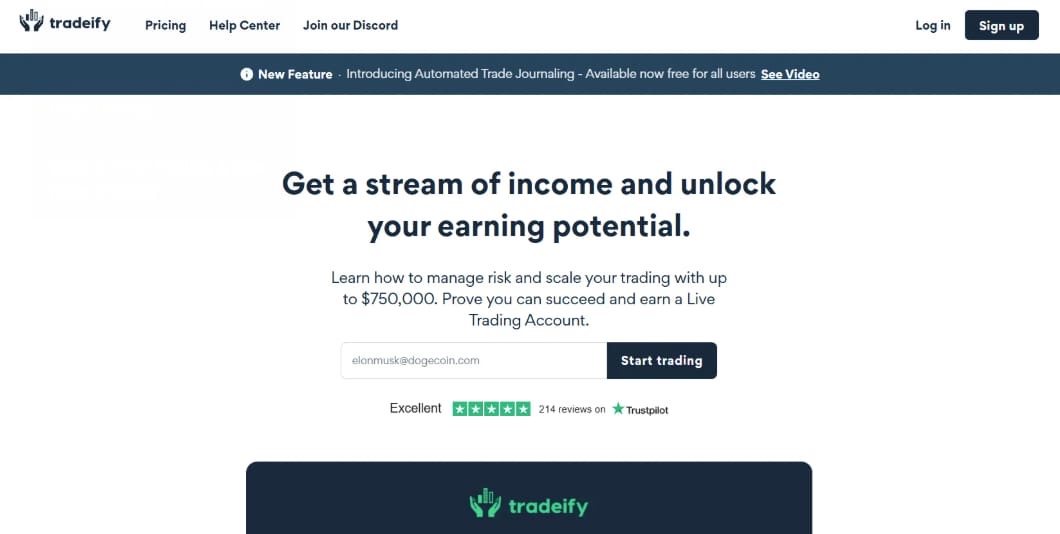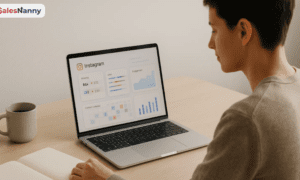Choosing the right trading platform can feel like navigating a maze—exciting yet overwhelming. With countless options out there, each boasting its own set of features, tools, and user experiences, how do you know which one aligns perfectly with your unique trading style? Whether you’re a seasoned trader seeking sophisticated analytics or a newcomer eager to dip your toes into the market waters, selecting the ideal platform is crucial for maximizing your potential and minimizing headaches. In this guide, we’ll break down everything you need to consider—from fees and functionality to customer support and security—empowering you to make an informed decision that sets you on the path to trading success. Let’s dive in!
Introduction to trading platforms
In the fast-paced world of trading, choosing the right platform can be a game-changer. With countless options available, it can feel overwhelming to find one that truly fits your needs. Whether you’re a beginner looking to dip your toes in or an experienced trader seeking advanced tools, the right trading platform is essential for success. This guide will help you navigate through various platforms and make an informed choice tailored just for you. Get ready to explore what makes a trading platform stand out and how to align it with your financial goals!
A trading platform is a software interface that allows investors to trade financial assets such as stocks, currencies, commodities, and more. It acts as a bridge between the trader and the market, providing access to real-time market data, charts, order execution, and other features necessary for trading.
Trading platforms can be offered by brokers or independent companies and can vary in terms of features, pricing, and user experience. They can be accessed through desktop or mobile applications and can cater to different types of traders – from beginners to advanced professionals. If you need any other information please Click Here.
Understanding your trading needs and goals
Understanding your trading needs and goals is crucial for selecting the right trading platform. Start by asking yourself what you aim to achieve through trading. Are you looking for long-term investments, or do you prefer short-term gains?
Consider your risk tolerance as well. Some traders thrive on high volatility, while others seek stability and low-risk opportunities. This will influence not only the types of assets you’ll trade but also the features you need in a platform.
Next, reflect on how much time you’re willing to dedicate to trading. Casual traders might favor user-friendly interfaces with automation tools, whereas active traders require advanced charting capabilities and real-time data feeds.
Determining your experience level can also guide your choice. Beginners may benefit from intuitive platforms with educational resources, while seasoned professionals often look for robust analytical tools that support complex strategies.

Researching different trading platforms
When diving into the world of trading platforms, research is your best friend. Start by exploring various options available in the market. Each platform has its own unique offerings.
Look at user reviews to gauge overall satisfaction and real experiences. Pay attention to both positive and negative feedback to get a balanced view.
Don’t forget to visit official websites for detailed information on features, tools, and resources provided. This will help you compare what each platform brings to the table.
Consider joining online forums or trading communities where seasoned traders share insights about their favorite platforms. Engaging with others can offer perspectives you might not have considered.
Finally, take note of any awards or recognitions that certain platforms may have received. These accolades often reflect reliability and quality service within the industry.
Key features to look for in a trading platform
When assessing trading platforms, focus on user interface and experience. A clean layout helps navigate easily, ensuring you can make trades without confusion.
Next, check for a variety of order types. Different strategies require different orders—limit, market, stop-loss—and having options is crucial.
Real-time data and analysis tools are must-haves. Access to charts and technical indicators empowers informed decisions during trades.
Consider the availability of educational resources too. Tutorials or webinars can enhance your skills significantly while using the platform.
Lastly, ensure compatibility with mobile devices. Trading on-the-go has become essential in today’s fast-paced environment; a reliable mobile app can be a game-changer for many traders.
Customer support and user reviews
Customer support can make or break your trading experience. A responsive team that is available when you need them is crucial, particularly during market volatility. Look for platforms that offer various channels of communication, such as live chat, email, and phone support.
User reviews provide valuable insights into a platform’s reliability and functionality. They can reveal the day-to-day user experience that official descriptions often overlook.
Check forums, social media pages, and dedicated review sites to gauge community sentiment toward different trading platforms. Pay attention not just to ratings but also to specific feedback on customer service interactions.
A well-supported platform will not only help you navigate issues efficiently but will also enhance your overall confidence in trading decisions. When selecting a platform, ensure it prioritizes effective communication and responsiveness from its support team.
Integrations with other tools
When selecting a trading platform, consider its ability to integrate with other tools. This can significantly enhance your trading experience.
Platforms that seamlessly connect with third-party applications allow for better data analysis and decision-making. You might want to use advanced charting software or automated trading bots that work in tandem with your chosen platform.
Additionally, look for platforms that support APIs. This enables you to customize functionalities according to your specific needs.
Integrations also extend to financial news feeds, economic calendars, and social trading networks. Accessing real-time information helps traders react swiftly to market changes.
Some platforms even offer connections with portfolio management tools or tax software, simplifying the overall process of managing investments.
Assess how these integrations could benefit your strategy before making a final choice on a trading platform.
Tips for using a new trading platform effectively
When diving into a new trading platform, start with the basics. Familiarize yourself with the layout and functionalities. Take your time to explore every feature available.
Set up your account properly. Customize settings that align with your trading style. Adjust notifications so you never miss important updates or alerts.
Practice makes perfect. Utilize demo accounts extensively before risking real money. This will help boost your confidence and refine your strategies without financial pressure.
Stay organized by keeping track of your trades and performance metrics. Regularly review what works for you and what doesn’t; this insight is invaluable for growth.
Engage with the community if available on the platform. Networking can provide tips, insights, and support from fellow traders who share similar interests or goals.
Lastly, be patient as you adapt to any new system. Mastery takes time, but each step brings valuable experience along the way.
Conclusion: finding the right trading platform for you
Choosing the right trading platform is a crucial step in your trading journey. By understanding your needs, researching available options, and considering key features, you can narrow down the choices significantly.
Demo accounts are invaluable for testing platforms without financial commitment. Customer support quality and user reviews also play an essential role in making an informed decision. Security measures and regulatory compliance should never be overlooked; they protect your investments.
Pricing structures vary widely among trading platforms, so it’s wise to compare fees to ensure you’re not overpaying. Mobile compatibility has become increasingly important as more traders opt for on-the-go access to their accounts, while integrations with other tools can enhance functionality and streamline processes.
After weighing all these factors thoughtfully, you’ll find a platform that aligns with your goals. Embrace the learning curve of using a new platform effectively—this will empower you to make the most out of its features.
Finding the right trading platform tailored specifically for you opens up avenues for success in trading endeavors ahead. It’s about matching personal preferences with practical functions that elevate your experience overall.



































